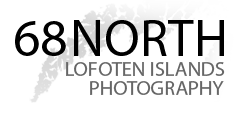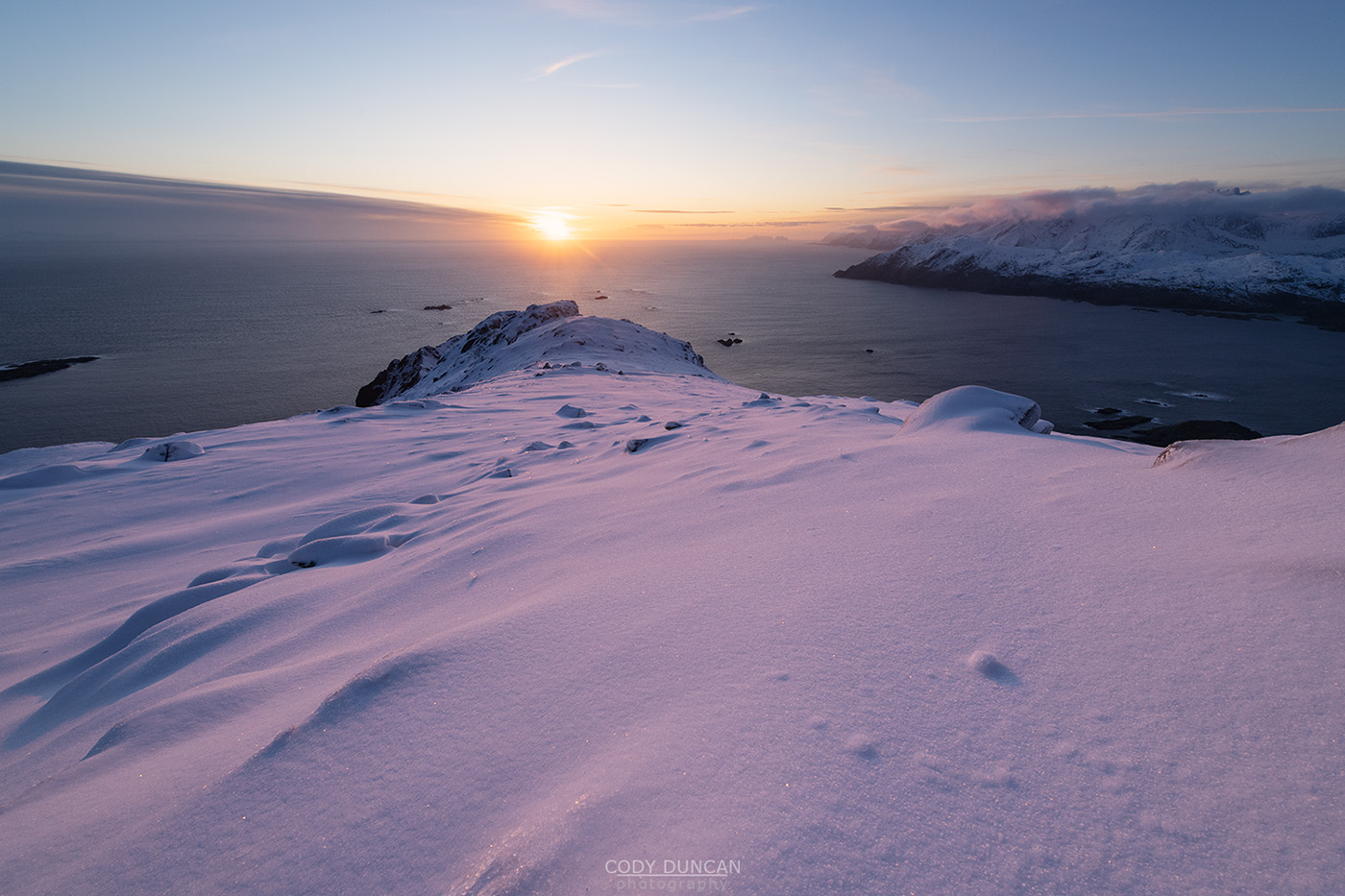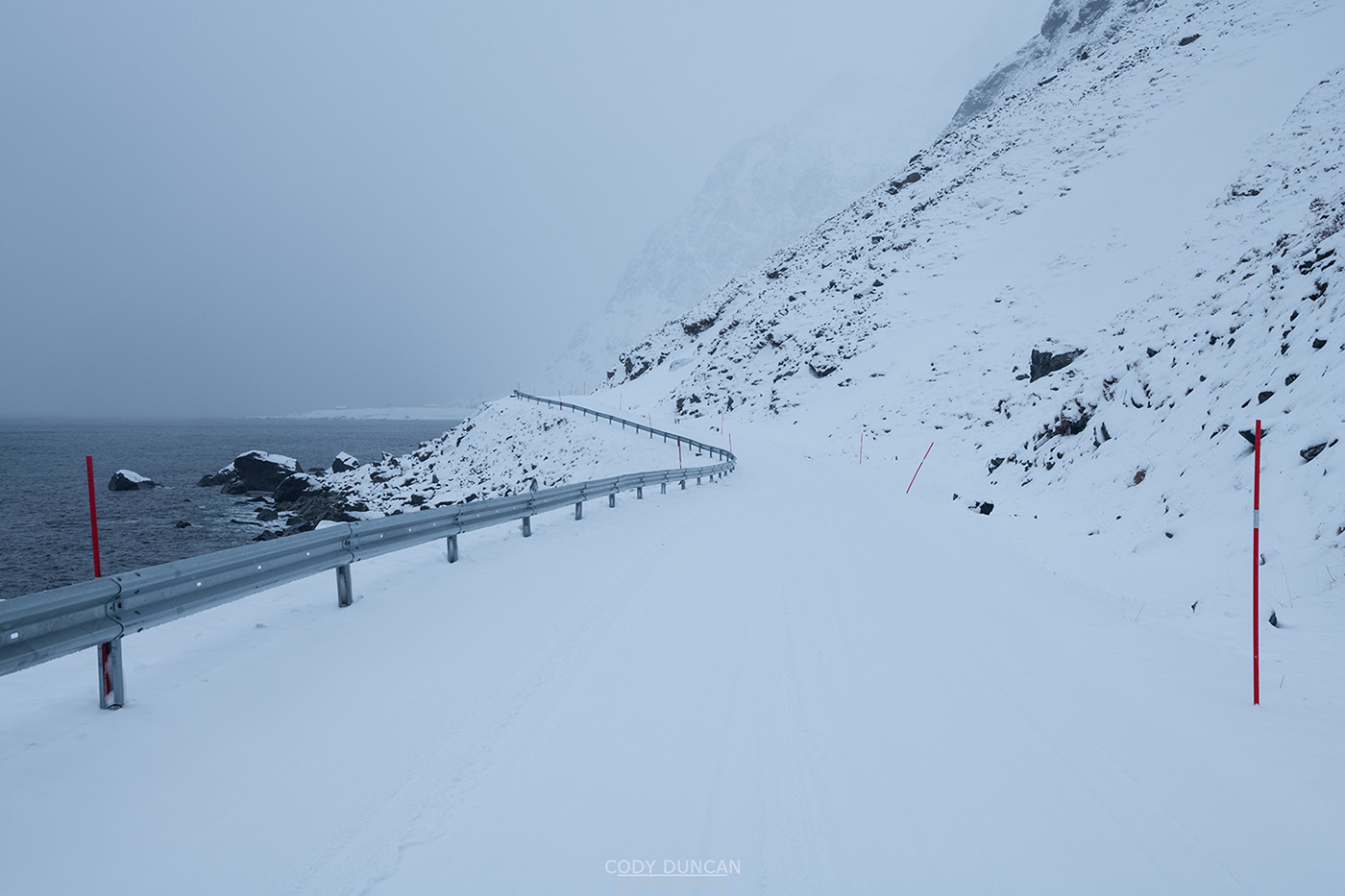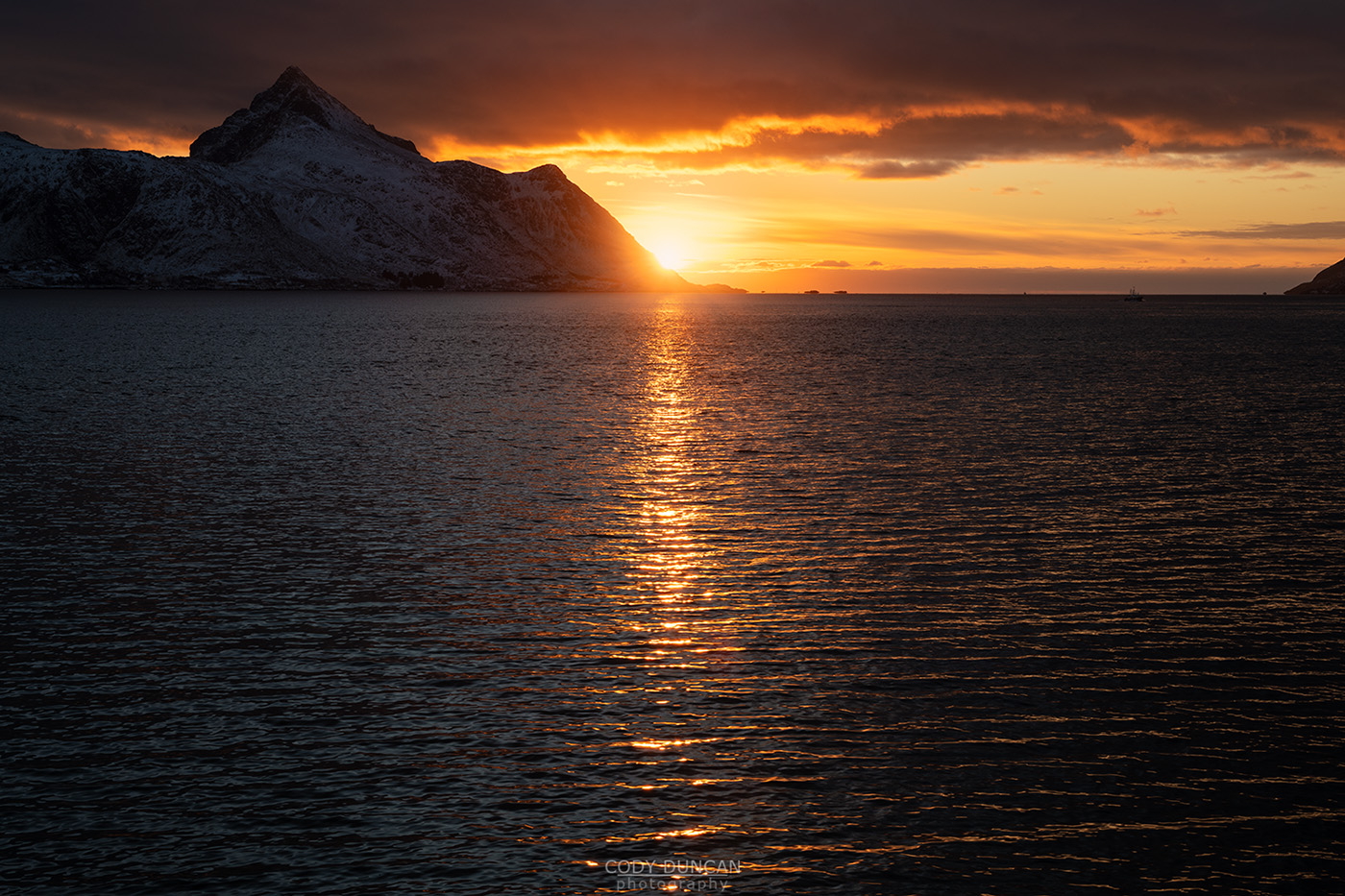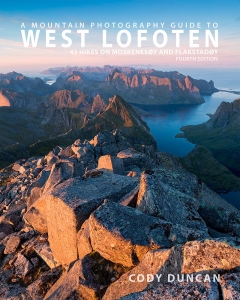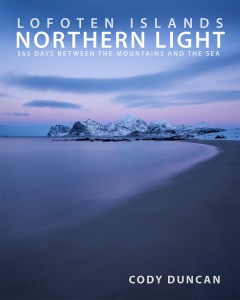Friday Photo #473 – Light And Shadow
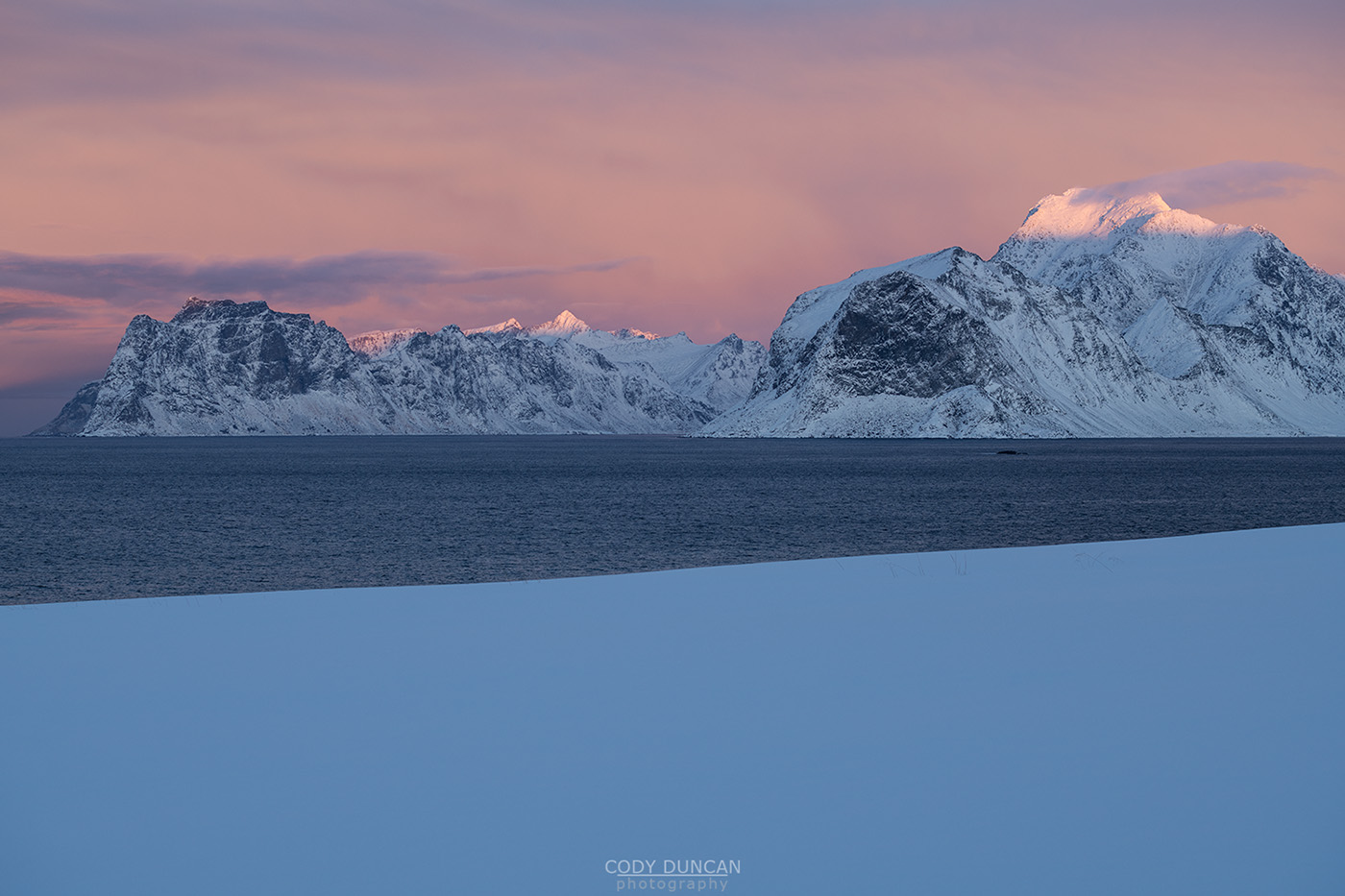
Photo: Last light over the summit of Himmeltinand, Vestvågøy, Lofoten Islands, Norway. January 27, 2021. 14:21
It is now the end of January and the sun has been climbing higher and higher in the Lofoten sky for several weeks now. Yet, the high arctic feeling is still here as the ‘Lofoten wall’ casts long shadows across the landscape. And many locations across the islands (such as my house) will not see the first sun of the year for many more weeks.
It is about five weeks after the winter solstice today, January 28th, and the sun will only reach a maximum altitude of 3.89˚ just after noon.
To give a comparison, on the winter solstice, the shortest day of the year, nowhere south of about Östersund, Sweden, or 62.86˚n has the sun lower than 3.89˚ in the sky. To say another way; no one living below Östersund, Sweden, or the small village of Berkåk along the E6 in central Norway, will ever experience the sun lower in the sky than it currently is on Lofoten today.
But! Like I write about frequently, the benefit of being so far north is that the sun returns quickly!
This time of year, late January and into early February is when I feel Lofoten it at its best balance of arctic north, yet with enough daylight for productive days of photography and not just sitting around in the darkness. If you are on Lofoten now, you will feel like you are in the far north. By mid February or so, this feeling slowly fades away as the sun climbs higher in the sky and Lofoten could be winter in any number of places in the world; the high arctic feeling is gone.
The visible side mountains in the background of this image are quite open the the southern sky, so already receive several hours of direct sunlight each day. While the snowy field in the foreground of the image won’t see the sun until the 17-18th of February.
Head over to my Instagram account for (almost) daily postings of the local conditions here on Lofoten: @distant.north
Camera Info:
Nikon D850
Nikon 70-200mm f/4
70mm
ISO 100
f 6.3
1/80 second
WB Daylight
